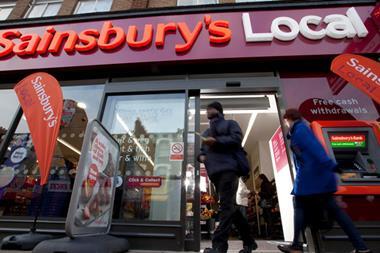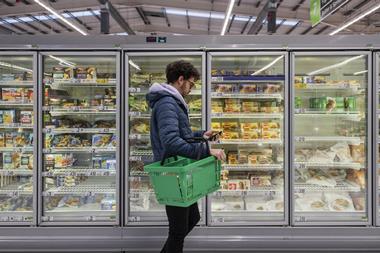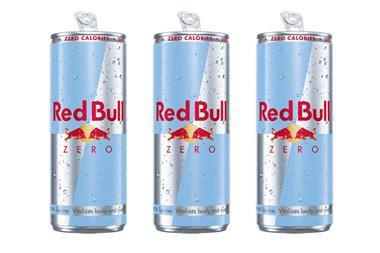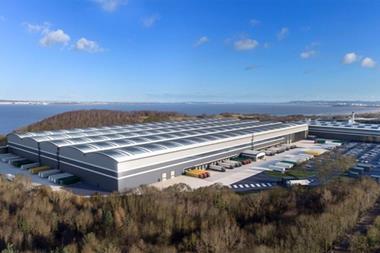Food price inflation is supposed to be a thing of the past. Tumbling world commodity prices and a global recession were expected to quickly put an end to higher prices on supermarket shelves.
But that's not the story revealed by new figures from The Grocer Price Index, our weighted inflation-tracking basket of hundreds of items. Supermarket prices in February have risen 1.3% since last month and remain 15.4% higher than this time last year.
And they show no sign of slowing - prices have risen more in the first two months of this year than in the same period last year, up 3.1% in 2009 versus 2.8% in 2008.
Much of the inflation is still due to the high commodity and oil prices of last year, experts say, as prices take a long time to filter through the system, especially for goods with longer shelf lives.
Though many commodity prices have fallen back from their peaks, buying ahead or hedging against further cost increases means falls in price can take over a year to feed through the supply chain.
Another issue for the UK, especially in the fresh produce category at this time of year, is the collapse of the pound. Though the pound is stronger against the dollar and the euro than it has been in recent weeks, it is significantly down year-on-year, increasing the cost of imported food.
As most food commodities are priced in dollars, the weak exchange rate also nullifies some benefits of falling commodity prices. It was the weak pound that was responsible for last month's 3% increase in fruit and vegetable prices.
Last year's poor summer weather is another problem: heavy rainfall meant that though the UK had a bumper wheat crop, not much of it was good enough to use in breadmaking, adding further upward price pressure.
These trends help explain why certain categories are driving inflation. Dry (ambient) grocery and frozen foods show the highest year-on-year inflation, at 21.8% and 18.6% respectively, due to their slower-moving supply chains.
Alcohol prices, meanwhile, have risen sharply - by 4.8% - due to falling levels of promotional activity across the category as focus shifts towards confectionery at Easter - reflected in the 1.7% drop in prices in that category. Dairy, bakery and meat prices have also fallen slightly since last month.
But that's not the story revealed by new figures from The Grocer Price Index, our weighted inflation-tracking basket of hundreds of items. Supermarket prices in February have risen 1.3% since last month and remain 15.4% higher than this time last year.
And they show no sign of slowing - prices have risen more in the first two months of this year than in the same period last year, up 3.1% in 2009 versus 2.8% in 2008.
Much of the inflation is still due to the high commodity and oil prices of last year, experts say, as prices take a long time to filter through the system, especially for goods with longer shelf lives.
Though many commodity prices have fallen back from their peaks, buying ahead or hedging against further cost increases means falls in price can take over a year to feed through the supply chain.
Another issue for the UK, especially in the fresh produce category at this time of year, is the collapse of the pound. Though the pound is stronger against the dollar and the euro than it has been in recent weeks, it is significantly down year-on-year, increasing the cost of imported food.
As most food commodities are priced in dollars, the weak exchange rate also nullifies some benefits of falling commodity prices. It was the weak pound that was responsible for last month's 3% increase in fruit and vegetable prices.
Last year's poor summer weather is another problem: heavy rainfall meant that though the UK had a bumper wheat crop, not much of it was good enough to use in breadmaking, adding further upward price pressure.
These trends help explain why certain categories are driving inflation. Dry (ambient) grocery and frozen foods show the highest year-on-year inflation, at 21.8% and 18.6% respectively, due to their slower-moving supply chains.
Alcohol prices, meanwhile, have risen sharply - by 4.8% - due to falling levels of promotional activity across the category as focus shifts towards confectionery at Easter - reflected in the 1.7% drop in prices in that category. Dairy, bakery and meat prices have also fallen slightly since last month.



















No comments yet